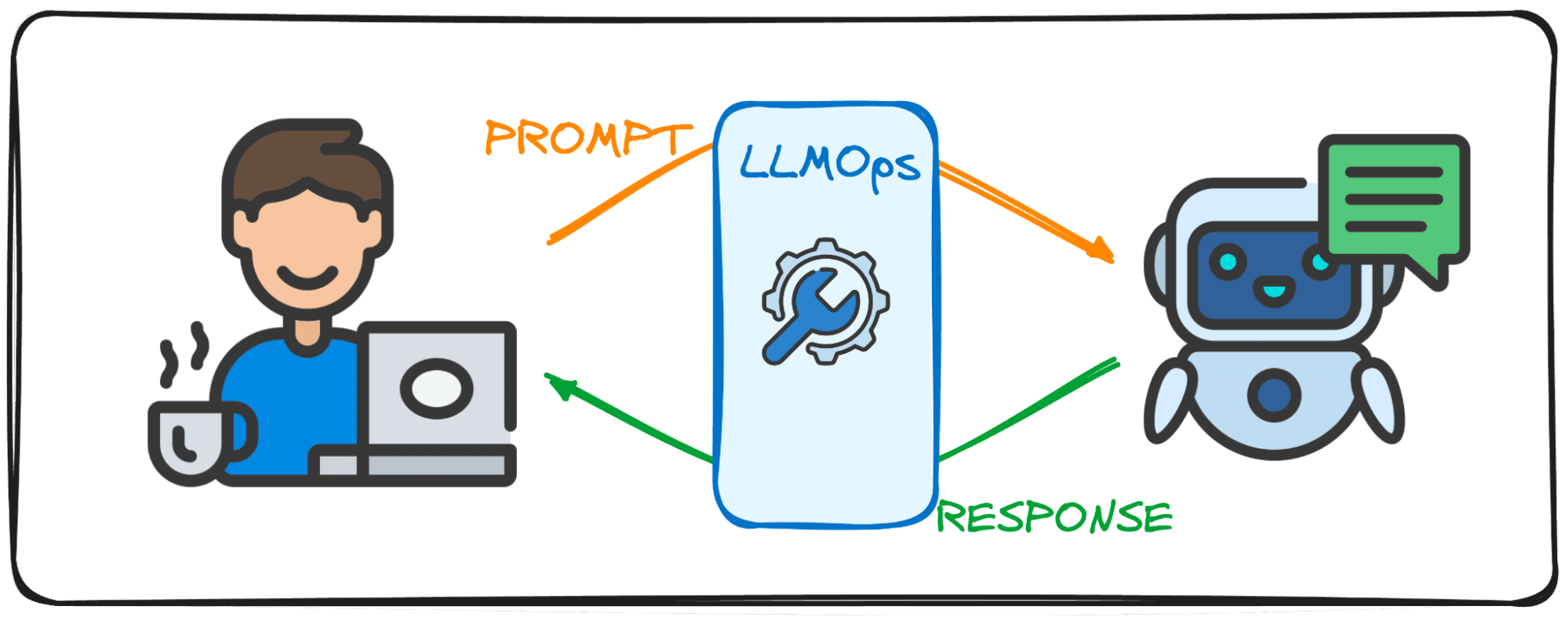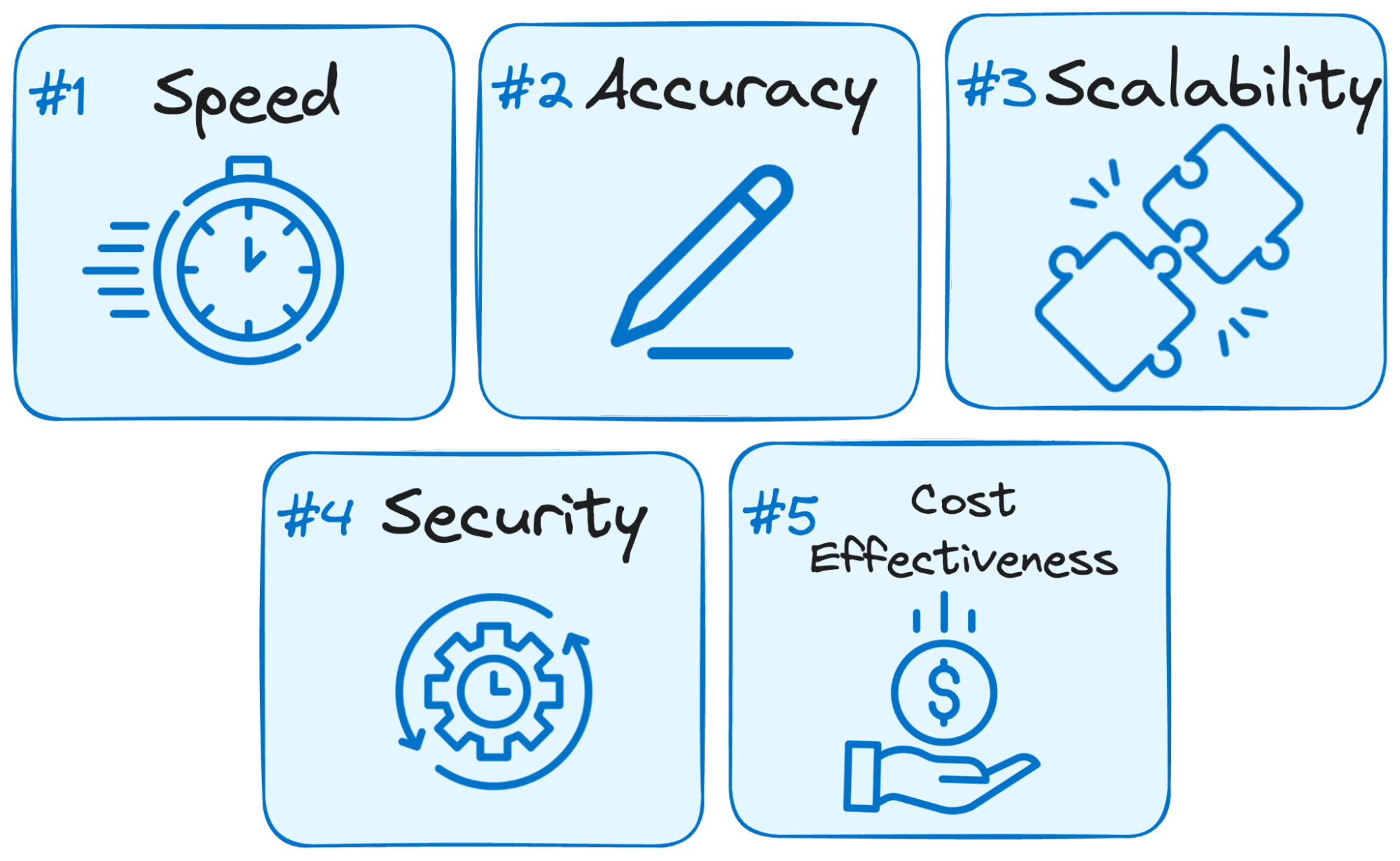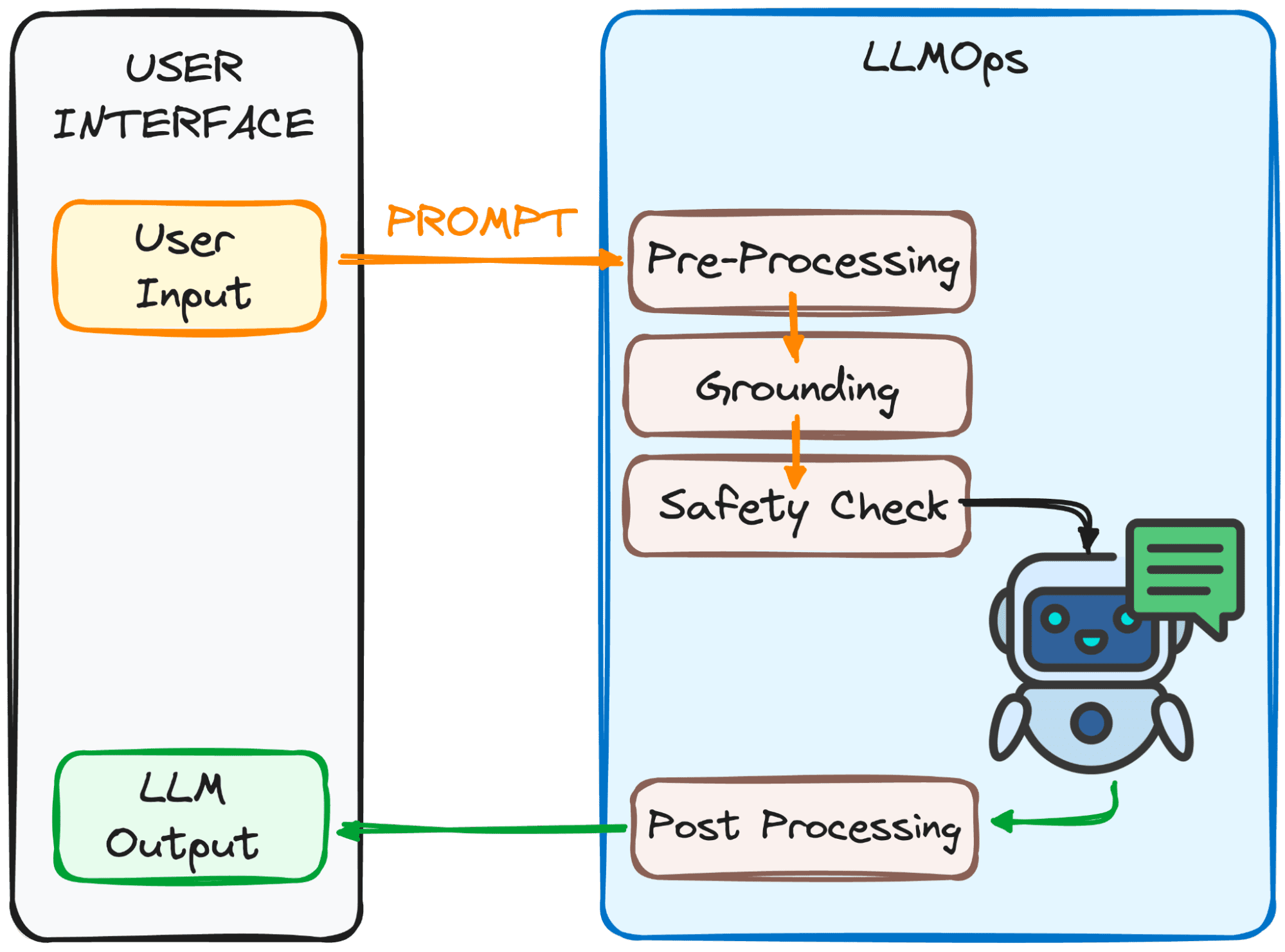
Image by author
Large Language Models (LLM) are a new type of artificial intelligence that is trained on massive amounts of text data. Its primary capability is to generate human-like text in response to a wide range of prompts and requests.
I bet you have already had some experience with popular LLM solutions like ChatGPT or Google Gemini.
But have you ever wondered how these powerful models offer such fast responses?
The answer lies in a specialized field called LLMOps.
Before delving deeper, let's try to visualize the importance of this field.
Imagine that you are having a conversation with a friend. What you would normally expect is that when you ask a question you get an answer right away and the dialogue flows effortlessly.
Good?
This seamless exchange is what users also expect when interacting with large language models (LLMs). Imagine chatting with ChatGPT and having to wait a couple of minutes every time we send a message, no one would use it at all, at least I wouldn't for sure.
That is why LLMs seek to achieve this flow of conversation and effectiveness in their digital solutions with the LLMOps field. This guide is intended to be your companion as you take your first steps into this new domain.
LLMOps, short for Large Language Model Operations, is the behind-the-scenes magic that ensures LLMs run efficiently and reliably. It represents an advancement over popular MLOps, designed specifically to address the unique challenges posed by LLMs.
While MLOps focuses on managing the lifecycle of general machine learning models, LLMOps specifically addresses LLM-specific requirements.
When using entity models like OpenAI or Anthropic through web interfaces or APIs, LLMOps work behind the scenes, making these models accessible as services. However, when implementing a model for a specialized application, the responsibility of LLMOps falls on us.
So think of it as a moderator managing the flow of a discussion. Just as the moderator keeps the conversation fluid and aligned with the topic of the debate, always ensuring that there are no bad words and trying to avoid fake news, LLMOps ensures that LLMs operate at peak performance, providing smooth user experiences and verifying security of production.
Building applications with large language models (LLMs) presents different challenges than those seen with conventional machine learning. To navigate them, innovative management tools and methodologies have been created, giving rise to the LLMOps framework.
Here's why LLMOps is crucial to the success of any LLM-based application:


Image by author
- Speed is key: Users expect immediate responses when interacting with LLMs. LLMOps optimizes the process to minimize latency, ensuring you get responses within a reasonable time frame.
- Precision matters: LLMOps implements several checks and controls to ensure the accuracy and relevance of LLM responses.
- Scalability for growth: As your LLM application gains traction, LLMOps helps you efficiently scale resources to handle increasing user loads.
- Safety is paramount: LLMOps safeguards the integrity of the LLM system and protects sensitive data by applying robust security measures.
- Cost effectiveness: Operating LLM can be financially demanding due to its significant resource requirements. LLMOps brings into play economical methods to maximize resource utilization efficiently, ensuring that maximum performance is not sacrificed.
LLMOps ensures that your message is ready for the LLM and your response reaches you as quickly as possible. However, this is not easy at all.
This process involves several steps, mainly 4, which can be seen in the image below.


Image by author
The goal of these steps?
Make the message clear and understandable for the model.
Here is a breakdown of these steps:
1. Preprocessing
The message goes through a first processing step. First, it is divided into smaller parts (chips). Typos or extraneous characters are then cleaned up and the text is formatted consistently.
Finally, the tokens are integrated into numerical data for the LLM to understand.
2. Grounding
Before the model processes our prompt, we need to make sure it understands the big picture. This might involve referring to past conversations you have had with the LLM or using outside information.
Additionally, the system identifies important things mentioned in the message (such as names or places) to make the response even more relevant.
3. Security control:
Just like having safety rules on set, LLMOps ensures that cues are used appropriately. The system looks for things like sensitive information or potentially offensive content.
Only after passing these checks will the message be ready for the main event: the LLM!
Now we have our message ready to be processed by the LLM. However, its result must also be analyzed and processed. So before you see it, a few more adjustments are made in the fourth step:
3. Post processing
Do you remember the code the message was converted to? The response must be translated back into human readable text. The system then polishes the response for grammar, style, and clarity.
All these steps are done seamlessly thanks to LLMOps, the invisible team member that ensures a smooth LLM experience.
Impressive, right?
Here are some of the essential components of a well-designed LLMOps setup:
- Choosing the right LLM: With a wide range of LLM models available, LLMOps helps you select the one that best suits your specific needs and resources.
- Fine tuning for specificity: LLMOps allows you to fine-tune existing models or train your own, customizing them for your unique use case.
- Immediate engineering: LLMOps provides you with techniques to develop effective directions that guide the LLM towards the desired outcome.
- Implementation and monitoring: LLMOps streamlines the implementation process and continually monitors LLM performance, ensuring optimal functionality.
- Security measures: LLMOps prioritizes data security by implementing robust measures to protect sensitive information.
As LLM technology continues to evolve, LLMOps will play a critical role in upcoming technological developments. Most of the success of the latest popular solutions like ChatGPT or Google Gemini is their ability to not only respond to any request but also provide a good user experience.
That is why, by ensuring efficient, reliable and secure operation, LLMOps will pave the way for even more innovative and transformative LLM applications in various industries that will reach more people.
With a solid knowledge of LLMOps, you will be well equipped to harness the power of these LLMs and create innovative applications.
Joseph Ferrer He is an analytical engineer from Barcelona. He graduated in physical engineering and currently works in the field of data science applied to human mobility. He is a part-time content creator focused on data science and technology. Josep writes about all things ai, covering the application of the ongoing explosion in this field.






